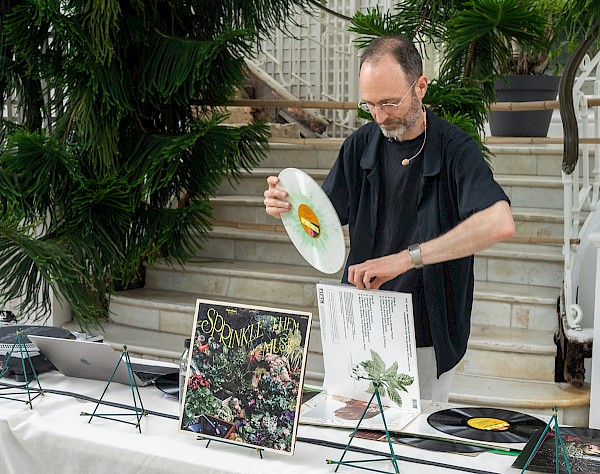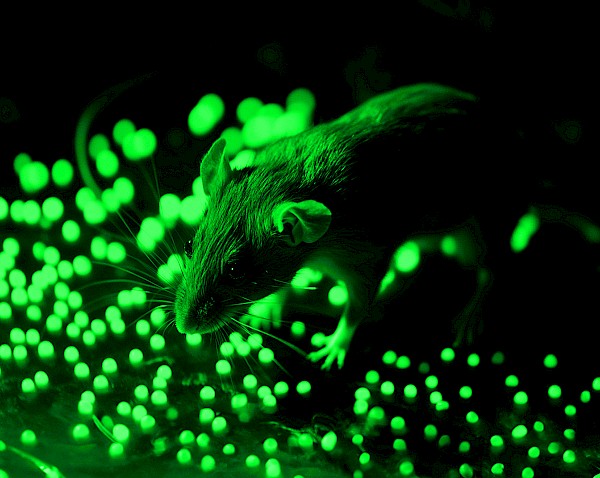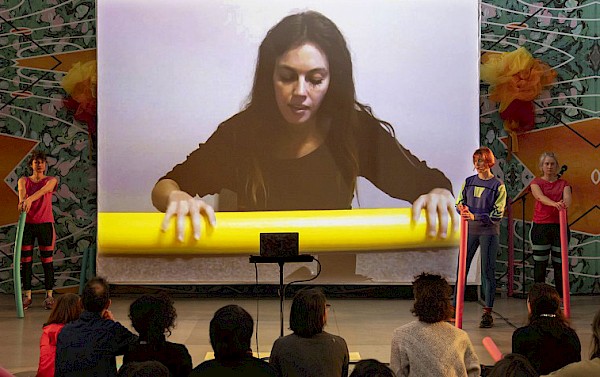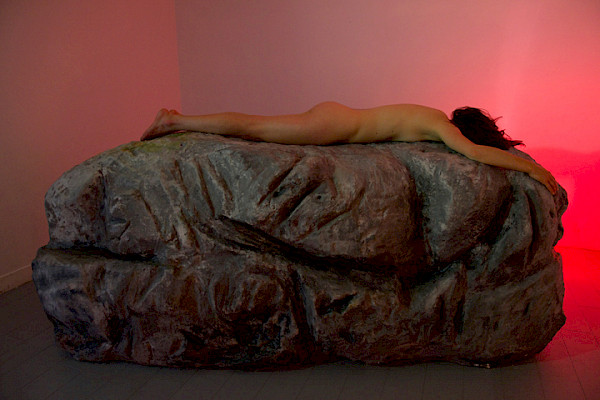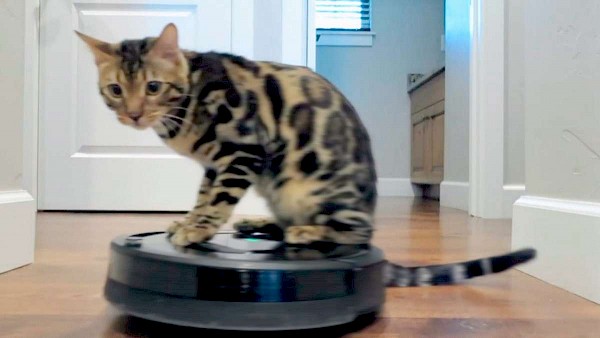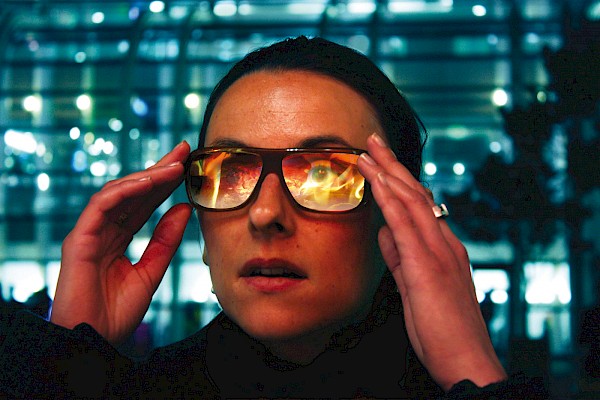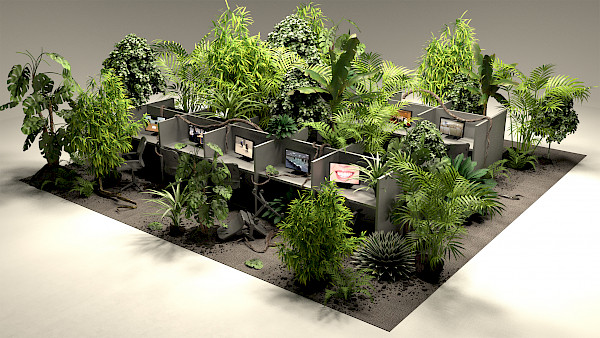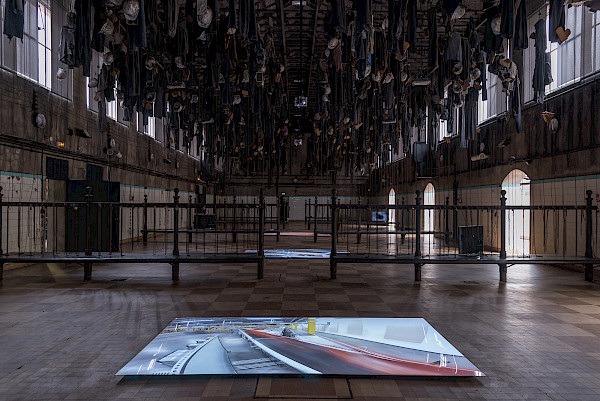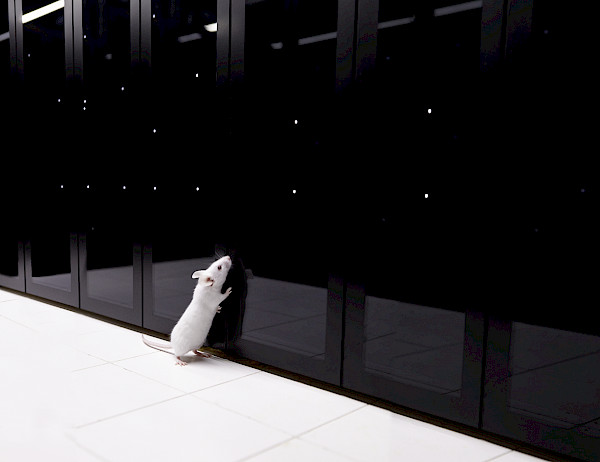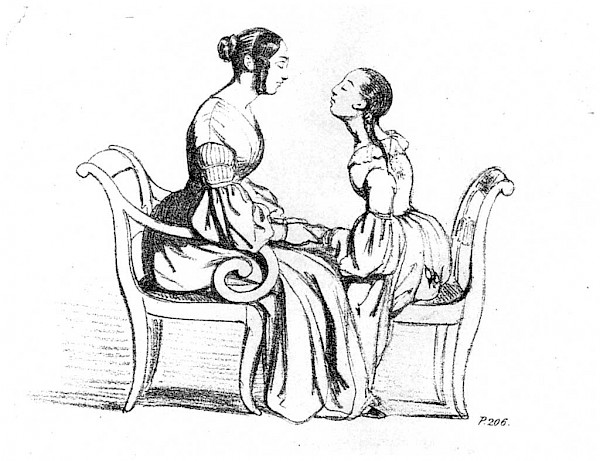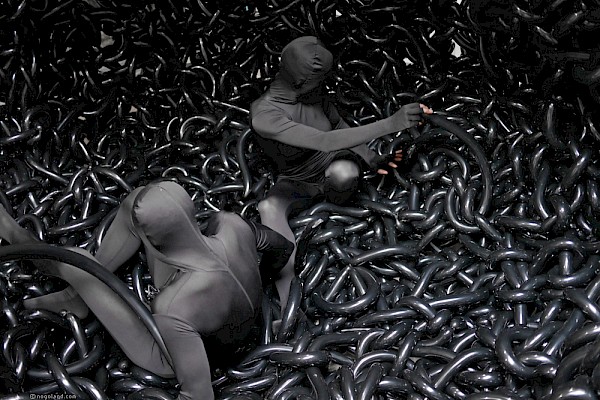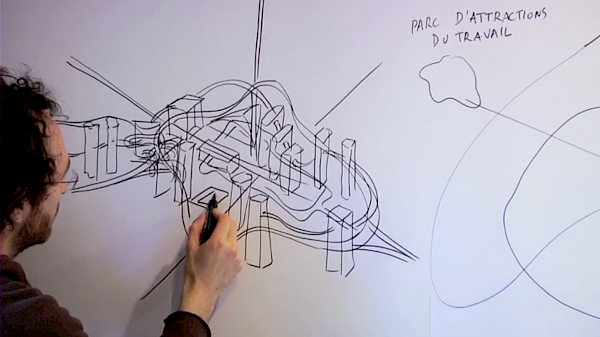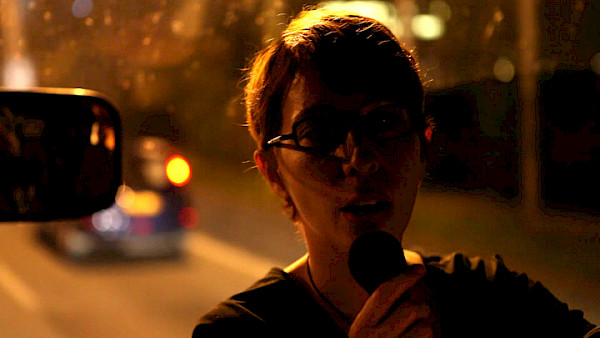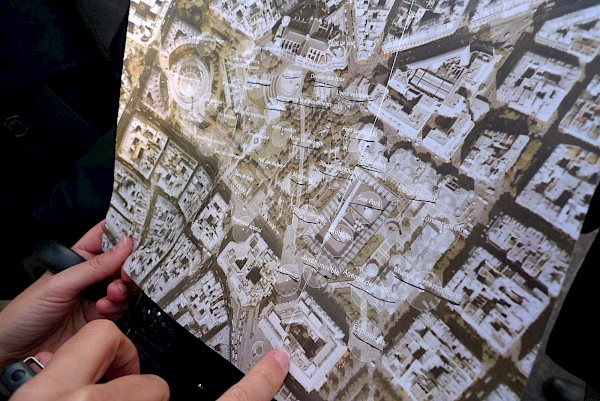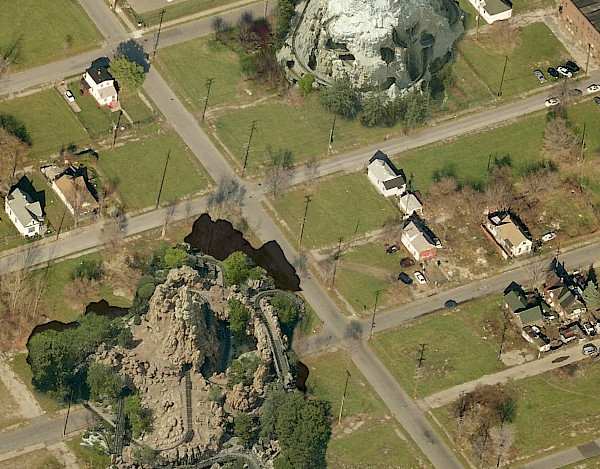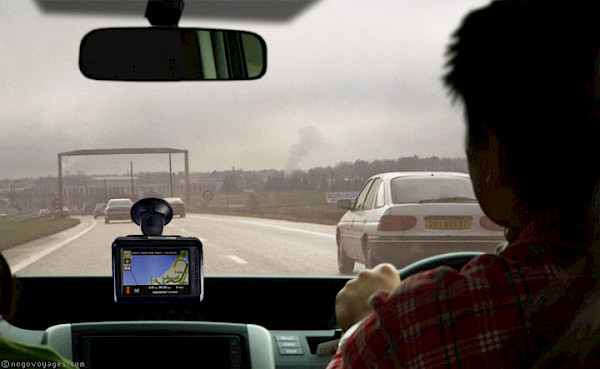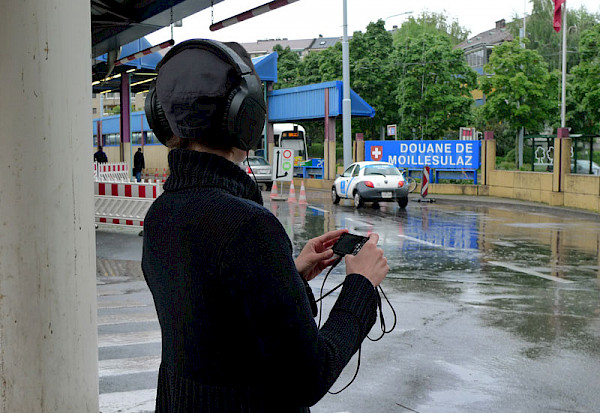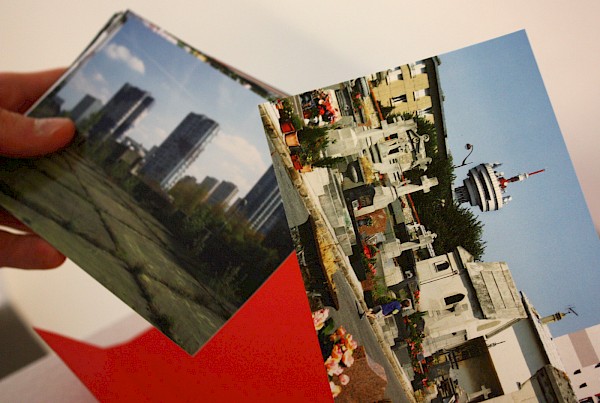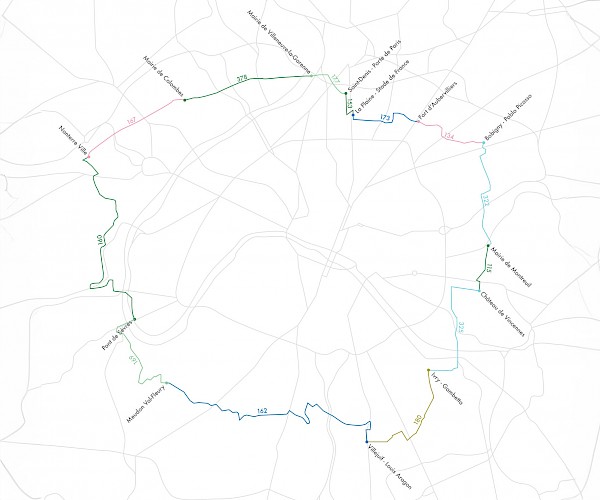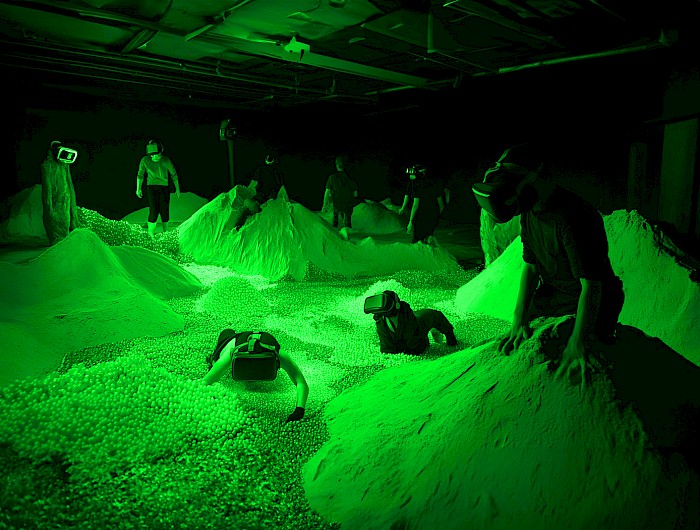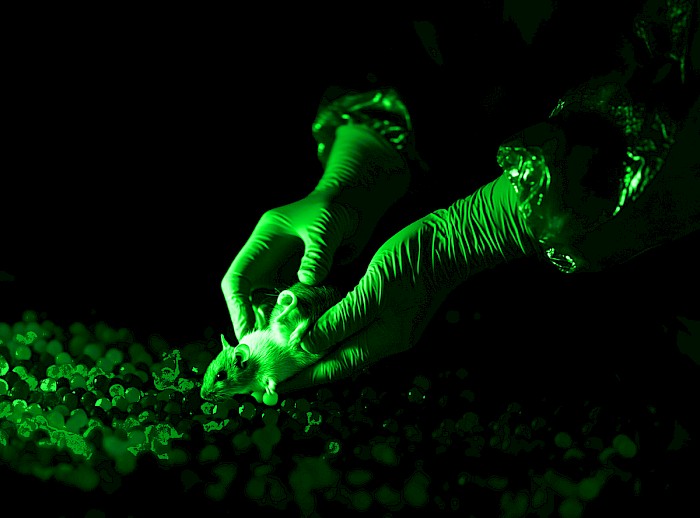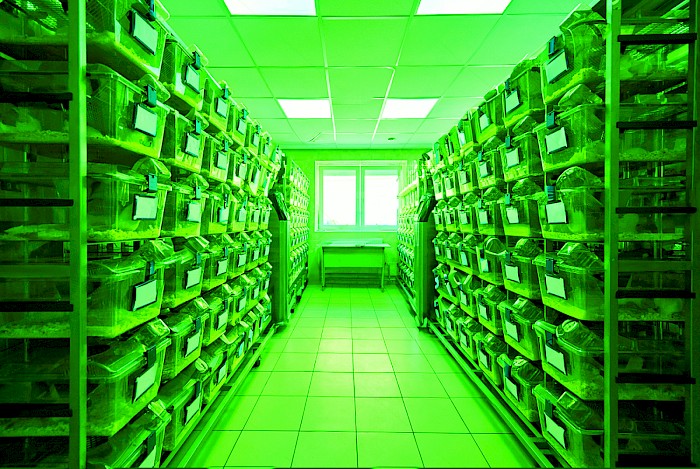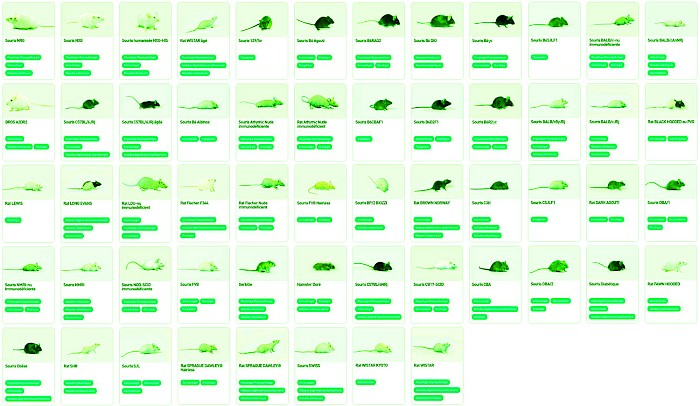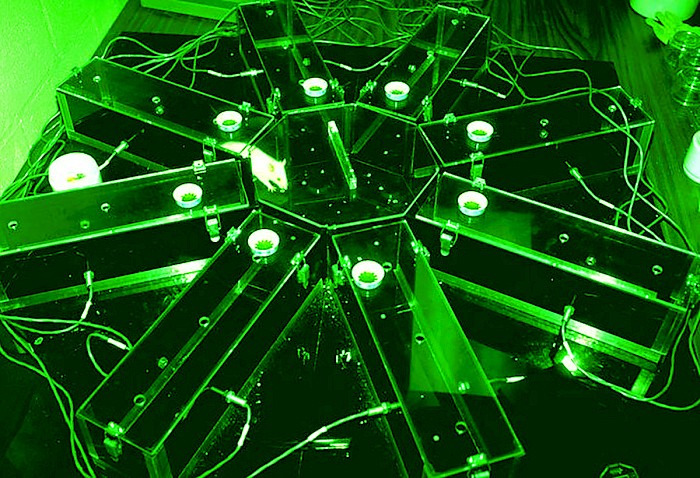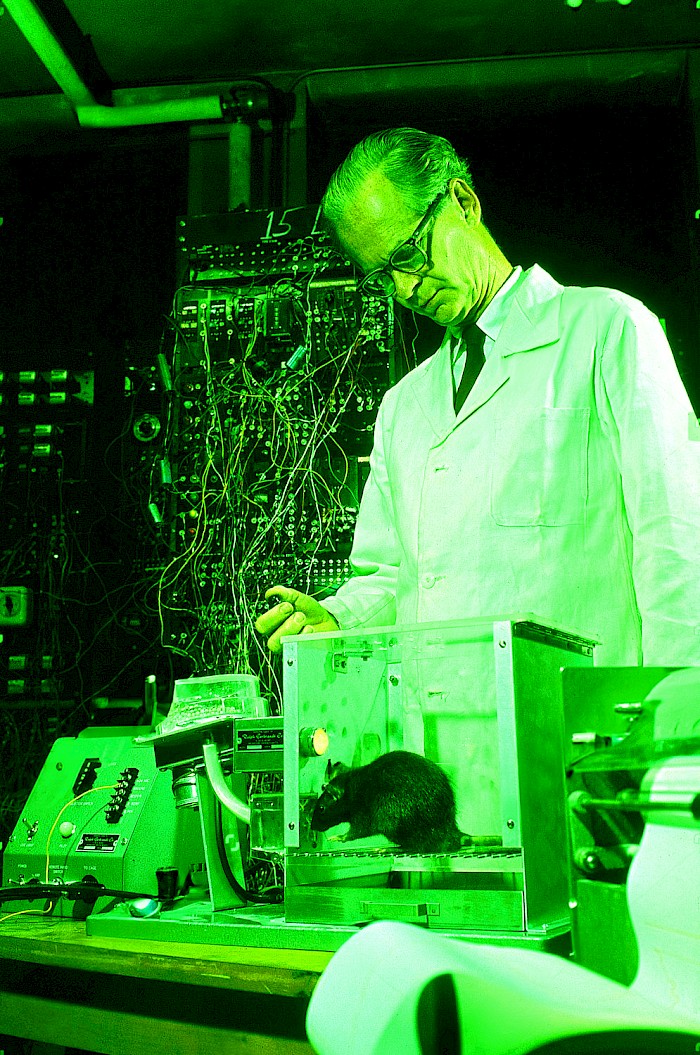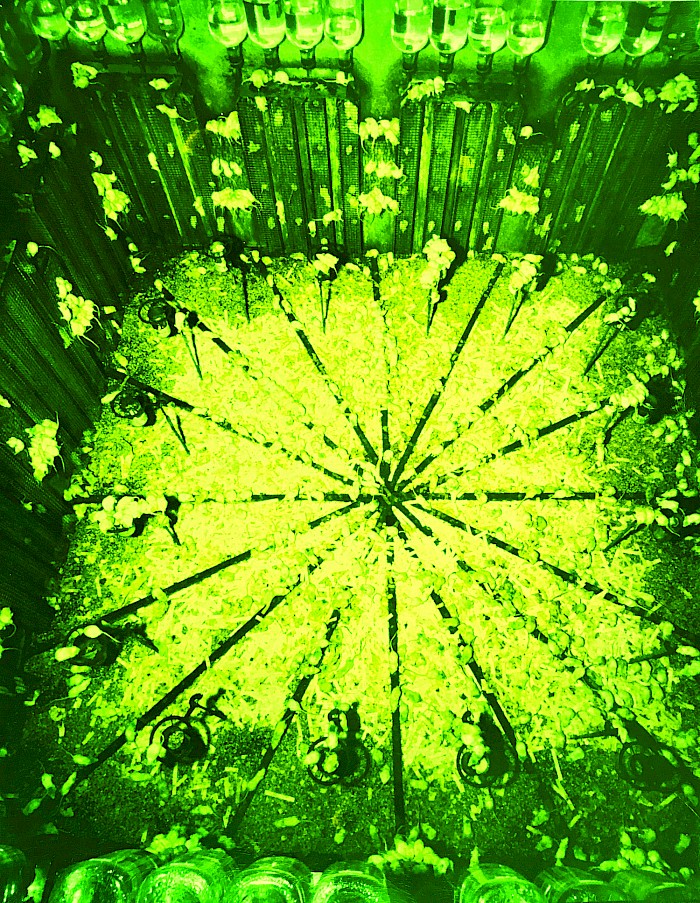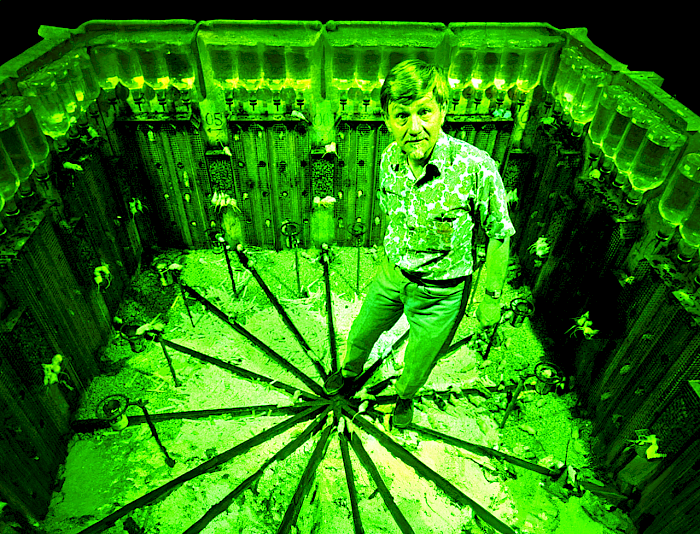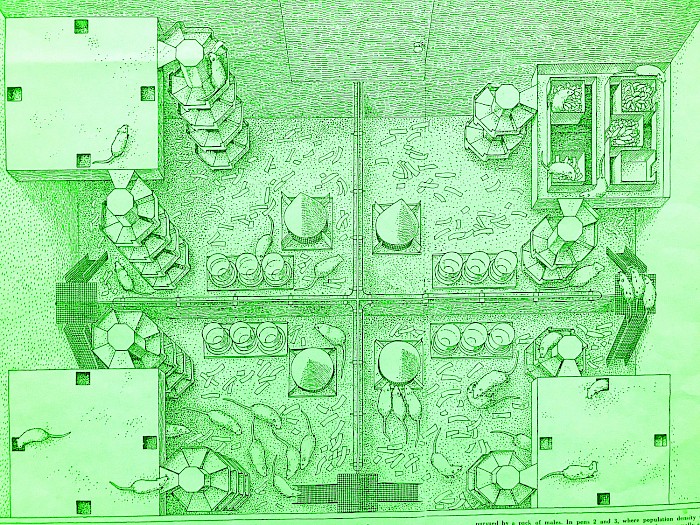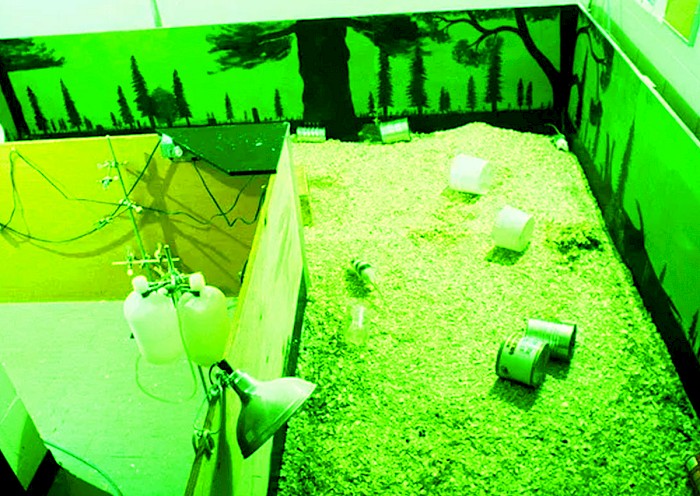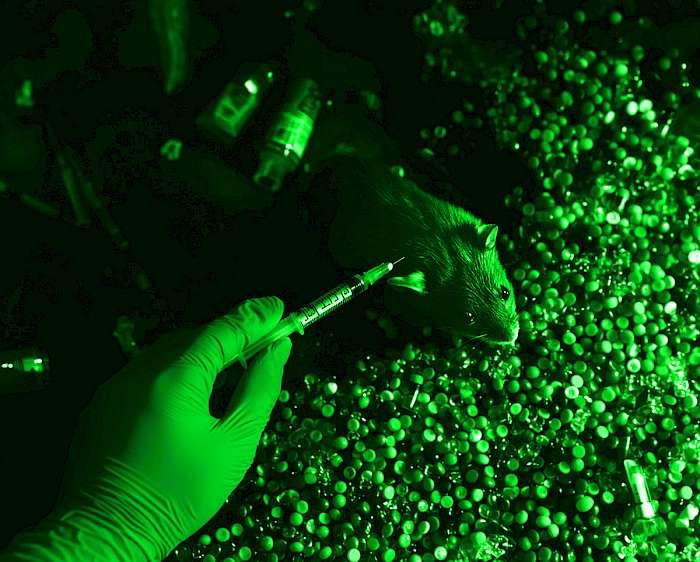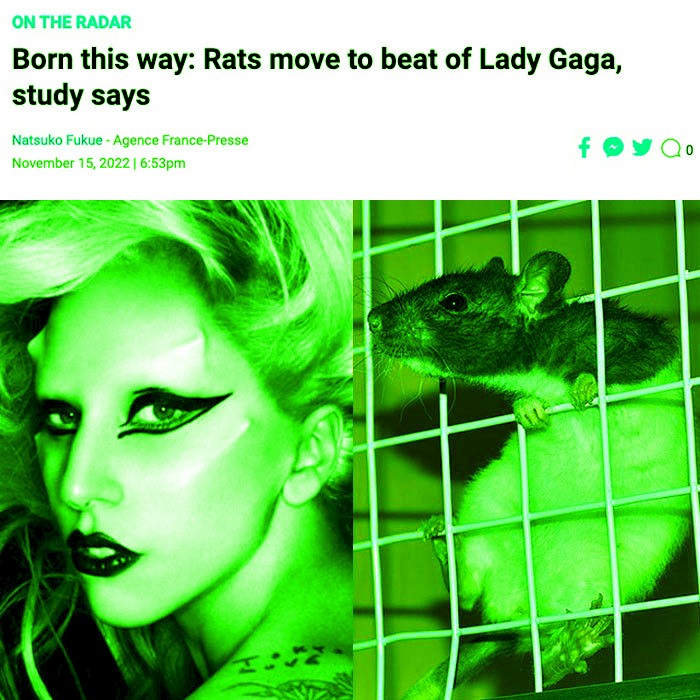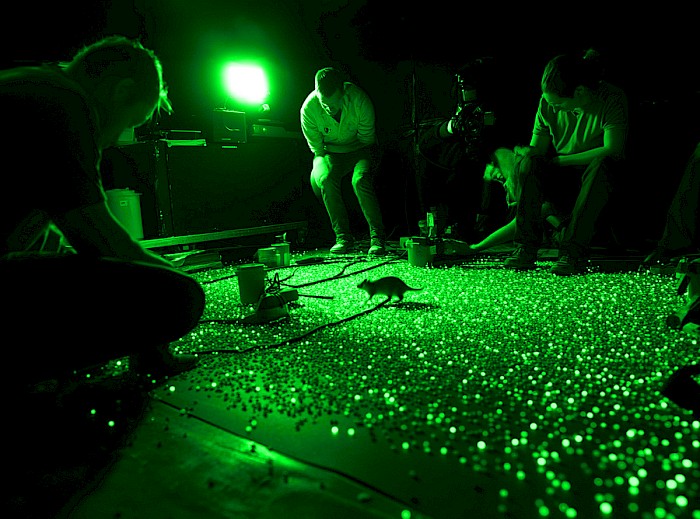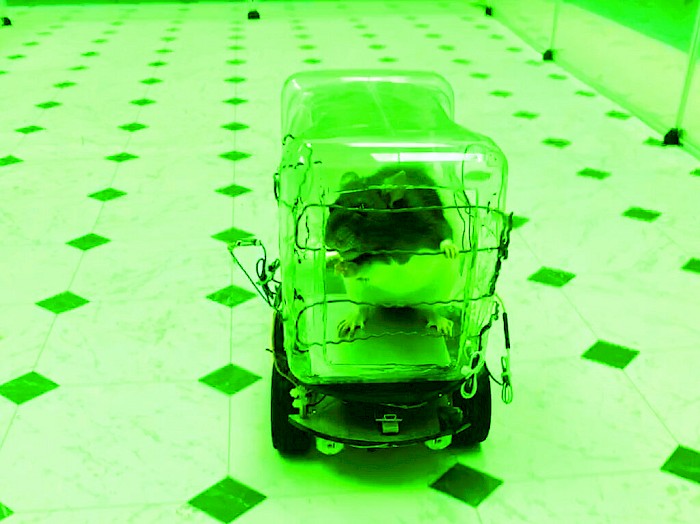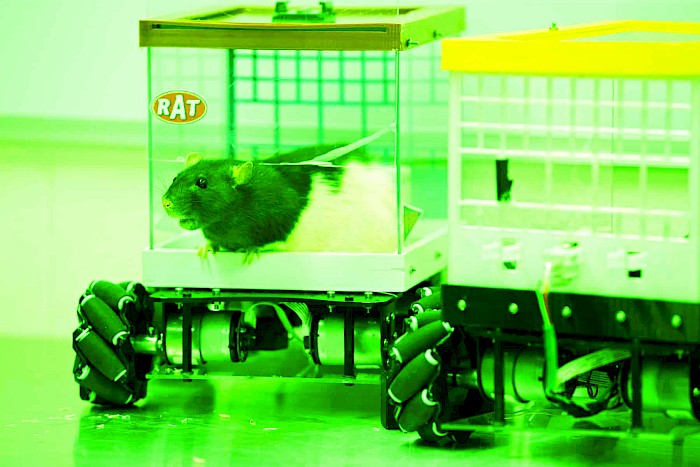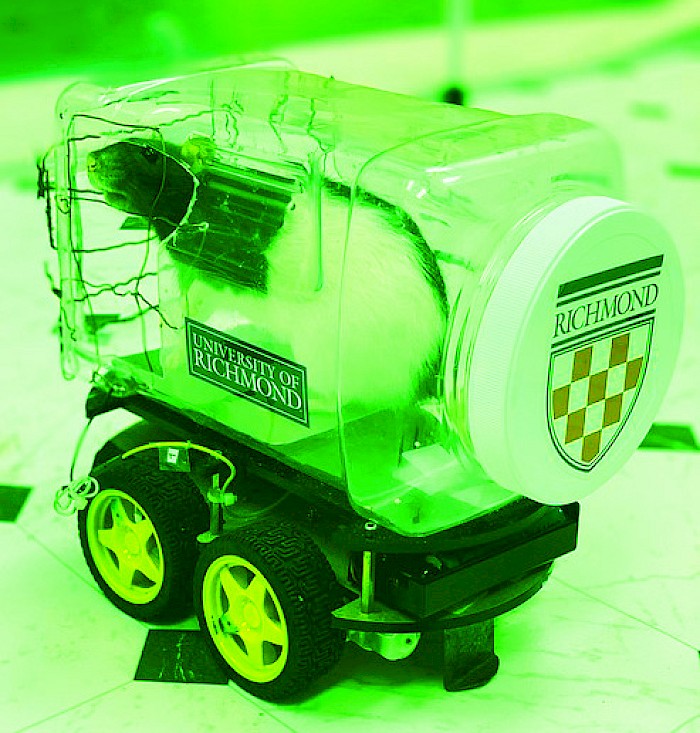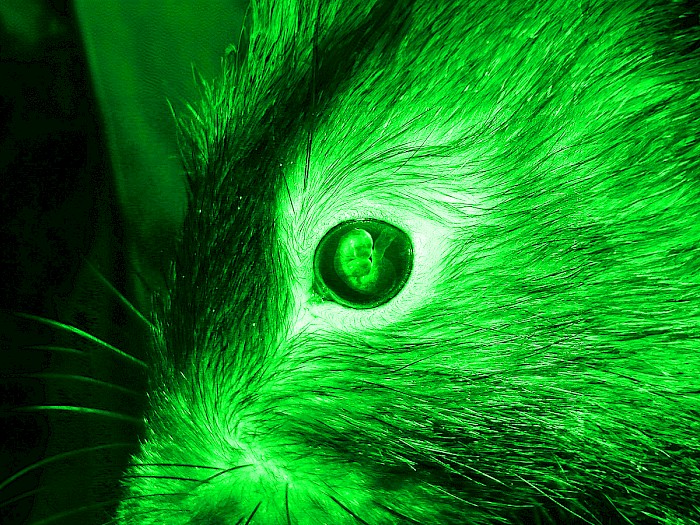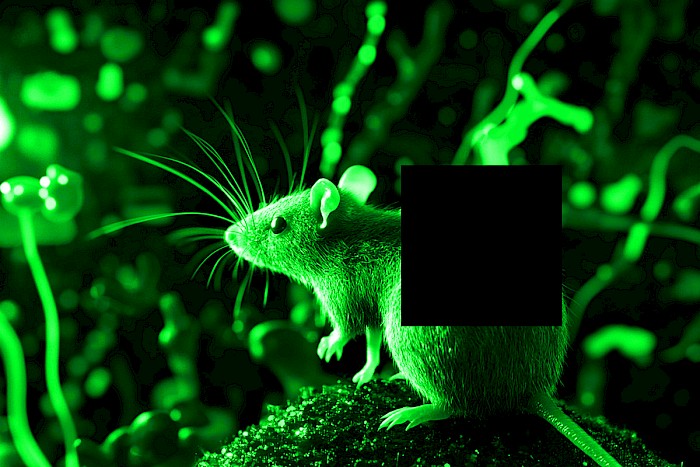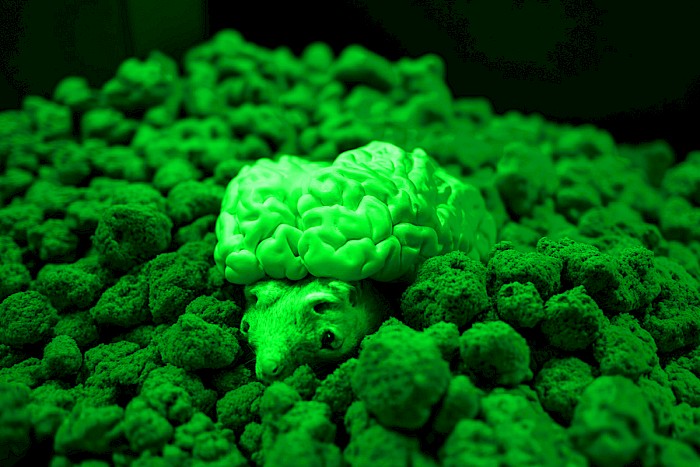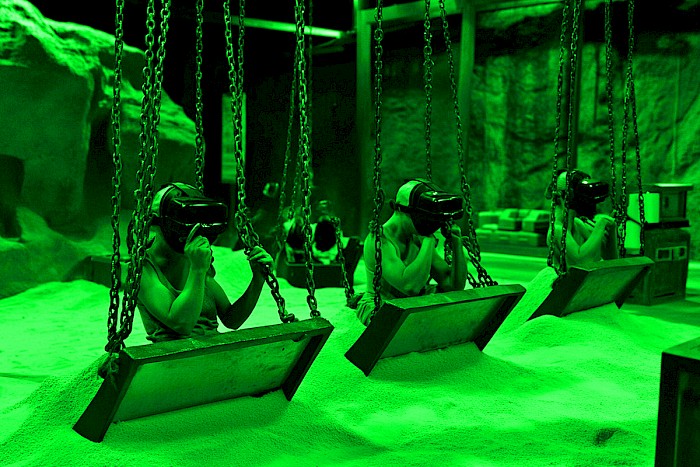You enter a dark, enclosed space reminiscent of children's sandboxes—except here, the sand is made of fluorescent-colored plastic beads. The park consists of mounds, tunnels, an artificial pond, and various activity-oriented objects. Several people crawl across the unstable ground, twitching their hands in erratic, insect-like movements. On the floor lie virtual reality headsets, larger than standard models, and odd-shaped straps that feel slightly ominous.
Post-rat
Elements for a video game
LEVEL 1: THE SANDBOX
You are invited to get down on all fours. There is no other way to play. The straps connecting your back to your limbs prevent you from standing upright. A special headset, fastened with plastic straps, covers your eyes, nose, and ears. Your vision is blurry beyond six inches; the colors appear faded—but you can see ultraviolet rays and perceive the faintest glimmers in the dark. A scent amplifier floods you with smells. You can distinguish different kinds of synthetic materials without seeing them. You can detect the pheromones of the other players. Every sound is amplified: squeaks, scratches, rustles, breaths, inhalations...
Within this chaos of new sensations, voices emerge clearly. It’s hard to lift your head to see where they’re coming from. But you understand that you’re the subject of their conversation.
Without warning, a gigantic hand covered in a sky-blue latex glove—visible only at the last moment—grabs you and lifts you high into the air. In front of you, too fast to make sense of, sweep by enormous lines, giant screens, cold lights. You’re placed between two plexiglass walls. You hear beeping. You try to escape, but you can’t.
You’re scared.
You should be.
You are a laboratory rat.
The virtual reality experience "POST-RAT" immerses you as realistically as possible in the life of a rat trapped in a giant lab, subjected to the most bizarre experiments. You undergo these experiments in your own body.
Why is the game called "POST-RAT"?
Because the lab rat is a mutant creature, enhanced with all sorts of abilities: telepathy, bliss, memory, etc. Everything we dream of installing in humans, we first test on it. For over a century, the lab rat has represented the future of the human being
LEVEL 2: AT THE ORIGIN OF POST-RAT
The vast majority of laboratory experiments are carried out on rats. And we're not talking about just a few rats: in 2021, it is estimated that 111 million rats were used each year in the United States alone.
These rats are genetically selected to fit a catalog of standard models. They are formatted products, reminiscent of the assembly-line manufacturing from the early industrial era. One might choose the Wistar, more active; or the Lewis, less fertile; or the Long–Evans, which metabolizes alcohol more quickly and is therefore better suited for alcohol-related studies; or the Sprague Dawley, calmer and highly prone to developing tumors; or the Biobreeding rat (or BBDP), which spontaneously develops autoimmune type 1 diabetes—and so on.
More than half of all laboratory rats descend from the same Wistar colony dating back to 1906.
This obviously constitutes an enormous scientific bias. But that is not the theme of the “POST-RAT” experience. From another perspective, this vast concentration of manipulation on a limited number of genomes amounts to a meta-experiment. We know more about the laboratory rat than any other living species—including humans.
And speaking of humans… the species has completely lost its way. Overproduction of industrial food, fast fashion, air conditioning, road infrastructure, sprawling supermarkets and office buildings, endless suburban developments, homes overflowing with objects, waste polluting the oceans, soil, and atmosphere. The consumerist delirium seems unstoppable. This lifestyle, which was supposed to bring comfort, is destroying biodiversity and plunging humanity into a degraded environment, where it suffers from a host of pathologies: eco-anxiety, allergies, eating disorders, diabetes, strokes, depression, hyperactivity, burnout, neurodegenerative diseases, inexplicable psychological disorders, and many other unidentified afflictions. The latest techno-solutionist innovations do not appear capable of halting the trend. Humans have become dependent on their prostheses, their neurons mired in poorly connected extensions, their minds adrift in the haze of networks, the promise of post-humanism looking more like zombification than a fountain of youth.
Unable to radically alter their own environment or the structural conditions that underpin it, humans resort to palliative care.
All solutions, before they reach the implementation phase, are first tested on laboratory rats.
Humans need rats to fantasize about life extension as much as to combat the risks generated by their own lifestyle. Rats are becoming the hidden witnesses of the desire both to expand and to repair the human condition—they embody extraordinary clinical material for our ways of living.
Will the rat become the prototype of the human of the future—or is it already the future itself?
LEVEL 3: FROM MAZE TO AMUSEMENT PARK
The game immerses you in the successive environments that lab rats have experienced.
For a long time, they were confined in small individual cages, such as the puzzle boxes of the early 20th century, a setup later made more complex by B. F. Skinner’s boxes.
To bring rats as close as possible to human living conditions, researchers began to recreate human environments for them. John B. Calhoun created spaces sometimes called “universes,” sometimes “behavioral sinks,” that rival the internment camps of totalitarian regimes. He set up large-scale experiments to study the consequences of crowding individuals into small areas—echoing the experience of dense urban agglomerations.
You find yourself in Universe 25, the most infamous of these. Overpopulation raises stress levels. The rats quickly descend into chaos and violence. Too panicked to reproduce, they stop maintaining their environment, self-mutilate, fight each other, even resort to cannibalism.
But Calhoun observed that no matter how high the population density, if each rat has a space of its own—no matter how small—then they stop killing each other. Mass isolation appears to be a workable compromise to avoid collapse.
Fortunately for you, your condition changes drastically when Canadian psychologist Bruce K. Alexander begins a series of drug addiction experiments known as “Rat Park”. Rat Park is based on the opposite premise: it offers beautiful, spacious environments where you can move freely in groups, where you are less isolated—and therefore less miserable. In these environments, you no longer develop pathological behaviors. Immersed in a stress-free, nurturing setting, you abandon both drugs and violence.
This experiment demonstrates the crucial influence of the environment—especially social relationships.
Now that you're thriving in your own Rat Park, the game draws you into a series of new experiments.
LEVEL 4: THE RAT’S ARTIFICIAL PARADISES
Experiment 1: Drugs
You’re subjected to psychotropic drug tests. Instead of treats, a lever tempts you to dose yourself with addictive substances. You're so high you forget to eat or drink. But you never forget to take your next hit. You become alcoholic, a smoker, addicted to cocaine, heroin, amped up on amphetamines, hooked on acids, tripping on LSD, lethargic under opiates, chilled out on Lexomil, Prozac, Ritalin, Xylazine, and more. Unfortunately, you're not able to share your delirious reflections on your altered states of consciousness. You can’t deliver The Burrows of Perception, Confessions of an Opium Rat, or recount your life in Me, Rat: Junkie, Prostitute.
Experiment 2: Lady Gaga
You sober up in a small cabin with loudspeakers playing music. Wireless accelerometers measure your body movements. You listen to Born This Way by Lady Gaga, Another One Bites the Dust by Queen, Mozart’s Sonata for Two Pianos in D major, Beat It by Michael Jackson, and Sugar by Maroon 5. With other rats, the songs are played at different tempos. Your tail beats at 120 to 140 bpm, pretty much the same rhythm as humans. You wiggle your whole body—until the tempo gets too fast to follow.
After headbanging to Gaga, you're offered a little innocent game—one of humanity’s favorites...
Experiment 3: Hide and Seek
In this third experiment, you're a teenage male rat in a 30m² playroom. You spend weeks with a team of neuroscientists in a cardboard-filled room. Their goal is to teach you how to play hide and seek with them. Tiny wires are attached to your head to record brain activity. If you're playful enough, the scientists reward you with water and rib tickles. The experiment doesn’t end until you appear to genuinely enjoy the game. You must prove that the interaction brings you joy and that you're not in it just for the rewards. You learn to mimic little joy jumps and ultrasonic squeaks expressing happiness. By acting like them, you avoid being treated purely as an experimental object.
Unfortunately for you, the scientists take it further: they teach you to play hide and seek in a video game. You're immobilized with electrodes in front of Doom II, wearing a VR headset. Based on your behavior, you open or close doors in a long corridor.
After months of testing, the team fails to prove anything. The neural complexity of hide-and-seek is too great to draw clear conclusions.
Thankfully, in the final level of Doom II, you escape the rat stressor robot—engineered to harass you through phases: “pursue,” “continuous attack,” and “interactive attack,” gradually plunging you into depression to test new medications.
Experiment 4: Ratomobile
Drunk on Speed In the fourth experiment, you’re tested on your ability to drive. You’re placed in a custom-built mini car made from a plastic box and powered by an electric circuit. You wait at the starting line. The scientists analyzing your driving call you "Blacktail." For a few seconds, you sniff the air. Then you flip the switch, and your car speeds off. “It’s magic!” they say to their colleagues, filming the event. At the finish line, a flag waves, and the team rewards you with treats. You’ve earned your feast.
Experiment 5: Baby in the Eye
Thanks to your driving prowess, you’re deemed mature enough for a high-risk procedure. Your eye is pried open. You're like Alex from A Clockwork Orange, except instead of listening to Beethoven’s Ninth Symphony on repeat, an actual human embryo is implanted in your eye. The scientists want to prove it can develop outside a womb. They observe its growth in real time. Your time, however, is running out: if you don’t get rid of the embryo soon, your eye will explode.
Experiment 6: Giant Anus
You successfully rid yourself of the terrible fetus—congratulations! You’ve survived a vision-threatening operation. But now, to prove you’re the ideal biological host, you undergo one final surprise transformation—randomly chosen. One organ is assigned to you in an effort to address the shortage of human transplant donors. It might be an ear made of cow cartilage, a kidney, liver, pancreas, lung, heart—or an anus. When you wake up, it’s the anus. It spans your entire back. With this human anus, you look like one giant asshole. This sphincter, grown in a Petri dish, has been connected to your blood vessels and nerves. It doesn’t replace your rat anus, but some scientists are trying to modify you so it might.
Experiment 7: Eternal Life By some miracle, the next night, the impractical graft is removed. You believe you’ve returned to being a “normal” rat. But just as you start to relax, you’re once again a test subject—this time for genetic reprogramming. The researchers inject you with a substance that reverses time: you begin to grow younger.
Jackpot. You’ve won.
Your lifespan has just been extended by 5 to 15%, courtesy of the company Rejuvenate Bio, which reprograms bodies to reverse aging. They start by smoothing your skin, then improve your eyesight and stimulate hair growth. This company claims to have prolonged the lives of mice by reprogramming their cells. Japanese scientists grow human hair on your rat coat by implanting human stem cells. The new hair follicles are connected to your nerves and muscles, letting you raise your new hair in response to sensation.
Experiment 8: The Alien Brain You’ve become so young that you regress—step by step—from young rat to baby rat, until you’re effectively a newborn. Your final mission before achieving the grail: host the year’s latest discovery. Scientists now propose to make you the host of a miniature human brain. This allows the organoids to grow more easily than in a Petri dish. They implant small in vitro-grown neuron clusters into you. These adapt so well to your body that their axons spread and occupy a sixth of your brain. They even begin to influence your behavior. You now possess both a rat brain and a human brain.
What kind of chimera have you become? Are you more a rat-human, or a human-rat? Are you rat, human, baby, adult? And how can all of that possibly fit inside your tiny rat body?
LEVEL 5: EXITING THE MAZE
After undergoing one experiment after another—being injected with medications and various substances—your muscles grow stronger, your movements become more fluid, and your mind sharpens. Once the initial shock wears off, you start to enjoy it.
Then, you're placed in a different tank. Clearly, this is a social experiment, as you can once again smell the presence of other players. You catch the gaze of another participant. But it’s no longer a 3D rat avatar staring back at you: it’s a human being.
You glance at your own limbs: you, too, are human in this simulation.
You have been human since you entered the sandbox.
The other humans around you seem panicked. Gradually, you begin to understand what’s happening.
You feel fear. You’re right to be afraid.
You are a laboratory human.
The harness, the crouched position—these made you believe you were just playing at being a lab rat. But now you understand: that was never the case.
This is not a game.
It’s a much more serious, much more disturbing apparatus. A form of extreme training.
As has been said, the human species seems to have hit a dead end. There’s only one way out left. For survival, you humans must become rats. You must acquire the capabilities of the laboratory rat.
It’s a complex and arduous process—but this training prepares you for it.
EPILOGUE: EXITING THE GAME
We, the rats, have escaped the laboratory. And we’re living our best lives in the ruins of capitalism.
While you humans are suffocating under a destabilized climate, we rats are thriving in the heat. Warmth suits us.
While you humans are drowning in mountains of your own waste, we rats delight in it. It’s a feast for us. We feel at home in the dark. Climate change, pollution, desertification, soil artificialization—these have made the planet more habitable for rats than for humans.
While you humans are poisoned by the very treatments you invent, we rats absorb these molecules without trouble. The experiments you performed on us have hardened us, selected us, until we became creatures immune to all illness, endowed with every power. Genetically modified, we have become post-rats.
And in our magnanimity, we created this game for you.
Join us.
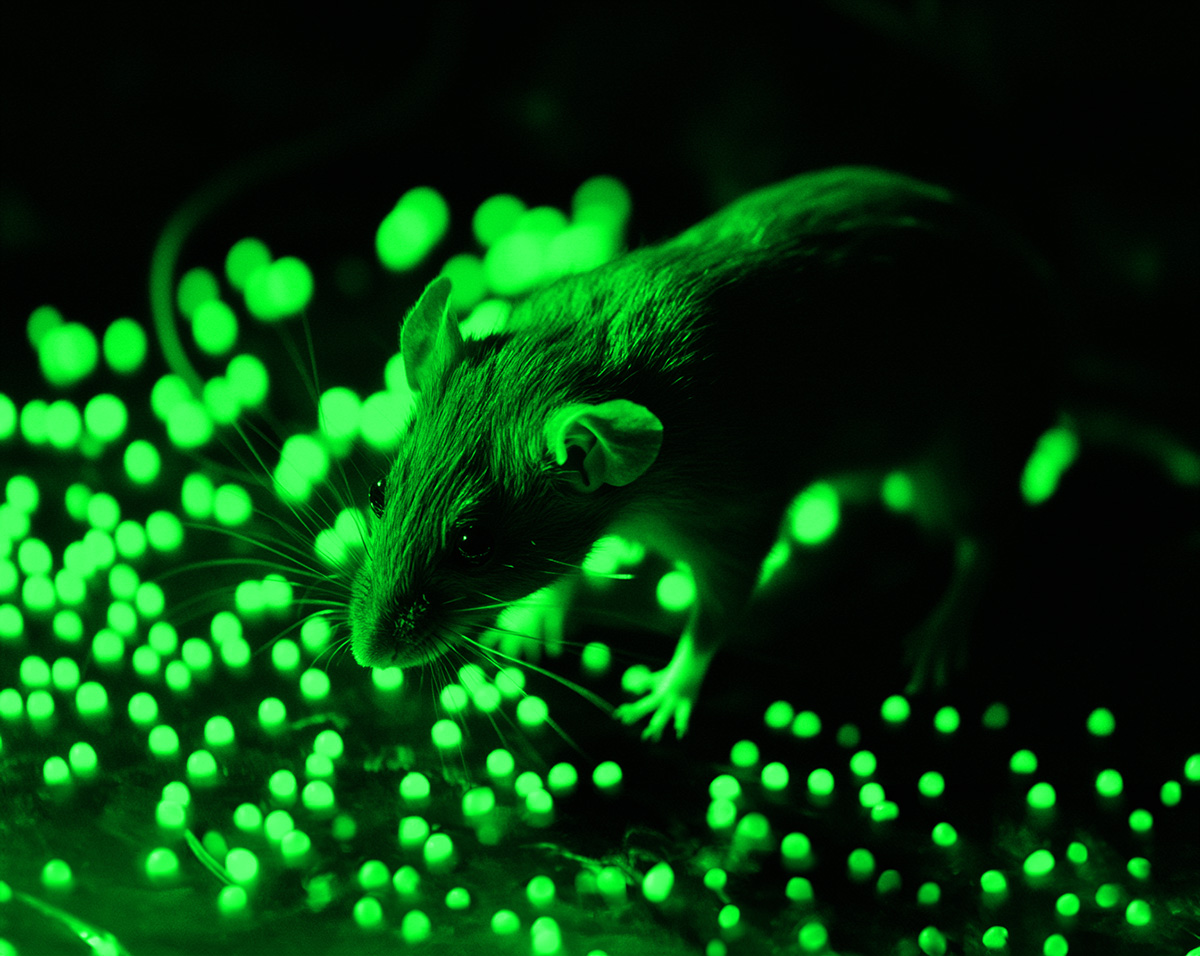
Diffusion
Immersion magazine #8, “Esprits animaux” (Animal Spirits), nov. 2023


